Meteorological phenomena
Explore the intricate patterns of meteorological phenomena with expertly curated insights. Unravel the science behind storms, climate shifts, and atmospheric wonders.
61 articles
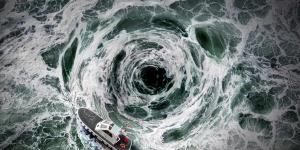
Water whirlpools are fascinating natural phenomena that occur in oceans, rivers, and lakes. But what exactly causes these swirling vortexes to form? Whether it's ocean currents, tidal forces, or human-made structures, whirlpools result from the movement of water in unique ways.
In this article by thedailyECO,...
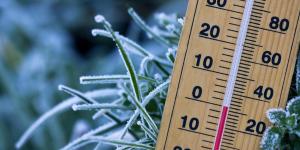
Thermal comfort refers to how we feel mentally about the ambient temperature of our environment, meaning how we body perceive it in our body. While individuals will have different perceptions for both physical and psychological reasons, external factors such as wind, humidity and solar radiation have...
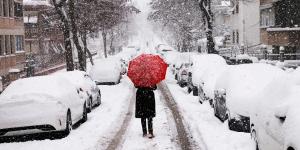
Sometimes known as the beast from the east, the Siberian high or Siberian anticyclone is a weather system characterized by very cold air that collects in northeast Eurasia. Formed by high-pressure systems, the Siberian high provides very cold winters which move from their point of origin across various...
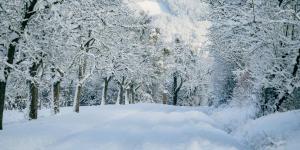
Frost and freeze are common weather terms, but they are often misunderstood or used interchangeably. While both involve cold temperatures, they differ in their formation, effects, and definitions. Frost refers to a thin layer of ice crystals that forms on surfaces when the temperature drops below the dew...
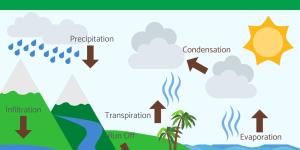
The water cycle, also known as the hydrological cycle, is one of Earth's most fundamental processes. It describes the continuous movement and transformation of water through our planet's oceans, atmosphere, and land. This natural system, which has operated for billions of years, plays a critical role...
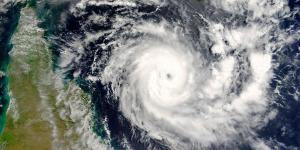
A storm brings some of the most intense weather you'll experience, from heavy rain to strong winds. These powerful weather events start when warm and cold air masses meet, creating a chain reaction in the atmosphere that can affect entire regions. Understanding how storms work, what types exist, and...

Frost occurs when water vapor comes in contact with a surface that is freezing and turns to ice. While it is a meteorological phenomenon, it is not exclusively so. Frost can appear on a very cold drink or a popsicle out of the ice box. It can even appear on our nose if the conditions are conducive to...

When checking the weather, you’ve likely seen terms like "drizzle" and "rain" used to describe precipitation. But what exactly is the difference between drizzle and rain? Understanding the distinction can help you prepare for the day ahead, as these terms indicate not only varying intensities but also different...

The jet stream is a high-altitude, fast-moving ribbon of air that encircles the Earth, influencing weather patterns and climate across continents. It steers storms, shifts temperatures, and creates distinct weather zones. Formed by temperature differences between the polar and tropical regions, the jet stream...

Thunderstorms are one of nature’s most powerful and dramatic weather phenomena, often marked by flashes of lightning, rumbling thunder, and heavy rain. But have you ever wondered what causes these intense storms to form? Understanding the science behind thunderstorms can help us better appreciate their...
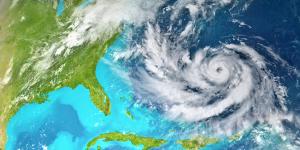
Climate change is a major factor contributing to the increasing frequency and intensity of hurricanes globally. As the Earth's temperature rises, weather patterns are shifting, leading to significant changes in the dynamics of these powerful storms. Understanding the complex relationship between climate change...
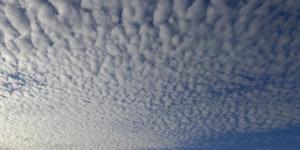
Cirrocumulus are a type of cloud that forms at high altitudes, generally more than 6,000 meters above sea level. They are composed of small ice crystals. They are characterized by their appearance in groups of small white clouds that are organized in regular patterns, often being compared to fish scales....
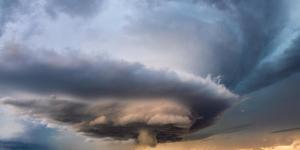
Supercells are a particular type of thunderstorm distinguished by a persistent, rotating updraft called a mesocyclone. This rotating updraft plays a crucial role in propelling supercells to become the powerhouses of severe weather. Unlike regular thunderstorms, supercells have the potential to produce...

Have you ever witnessed a dramatic lightning show, only to find not a single drop of rain? This phenomenon, known as a dry storm, might seem counterintuitive, but it's a surprisingly common occurrence in dry and hot regions. Unlike regular thunderstorms that bring rain, dry storms only tease the dry...
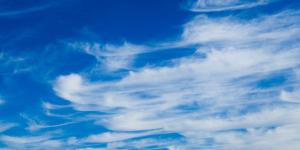
Cirrus clouds are a type of wispy cloud that forms in the upper layers of the atmosphere, generally above 6,000 meters. They are composed mainly of ice crystals. There are numerous types of cirrus clouds with specific classification according to their characteristics such as formation and meteorological...
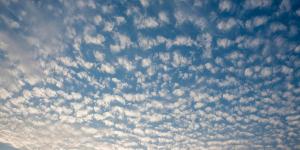
Altocumulus clouds are a type of cloud found in the middle part of the Earth's atmosphere, typically between 2,000 and 7,000 meters above sea level. They are characterized by their patchy appearance, causing a formation of multiple white or gray clouds across the sky. There are different types of altocumulus...

Both tornadoes and hurricanes are extreme weather events defined by their destructive ability and association with thunderstorms. One of the key differences between tornadoes and other thunderstorms are their size, duration and level of destructiveness. Distinctions are also made between their formation...

Have you ever been enjoying a calm day at the beach when suddenly the water rapidly recedes, only to come crashing back in a powerful wave? This unexpected surge might not be a traditional tsunami, but a meteotsunami, a giant wave caused by powerful weather events. Unlike its earthquake-triggered counterpart,...
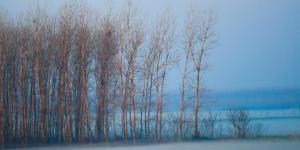
Fog is a meteorological phenomenon that significantly impacts various human activities, from marine navigation to international infrastructure transportation. There are different types of fog, each with specific characteristics and formation mechanisms. Advection fog is defined as a fog formation that...
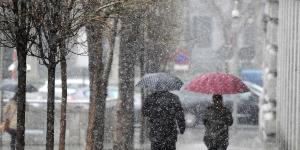
Sleet is a form of precipitation that combines characteristics of snow and rain, resulting in partially frozen water droplets falling from the sky. For this reason, it is also known as rain and snow mixed, a very matter-of-fact description for the same phenomenon. Sleet is formed when snowflakes pass through...
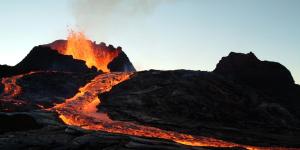
Volcanoes erupt, spewing forth molten rock and ash, and with them come several unfamiliar terms. Magma, lava, fissures and much more. These words might not be part of your daily vocabulary, but understanding them is crucial to really appreciate the of these natural wonders. Volcanoes have a profound...
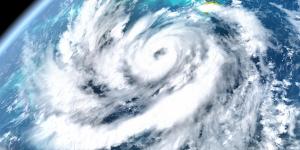
Hurricanes are extreme weather events which have been known to decimate land areas which incorporate multiple countries at the same time. Primarily affecting coastal communities, they have devastating consequences on the areas they affect. This includes the destruction of infrastructure, damage to natural ecosystems...
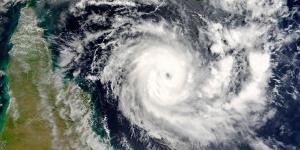
A wind shear is a strong change in wind direction or intensity that occurs over short distances. In nature, this phenomenon is usually generated by the development of storms, jet streams, trade winds and/or sea or mountain breezes. Physical obstacles from natural or even manmade sources can also result in...
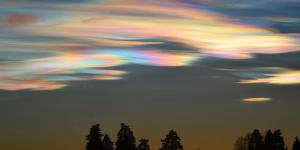
Ever noticed clouds that seem to display faint rainbow colors? Those are iridescent clouds, and they offer a glimpse into a cool interaction between light and tiny water droplets or ice crystals in the sky. But unlike a rainbow, which requires rain and sunlight, iridescent clouds reveal their beauty...
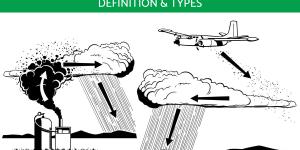
Droughts are a growing concern worldwide, prompting scientists to explore ways to influence weather patterns. One such technique is cloud seeding, a process that aims to increase precipitation by manipulating the tiny particles within clouds. It might sound like something out of a science fiction film, but...
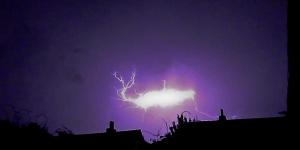
Also known as globe lightning or orb lightning, ball lighting is a very poorly understood phenomenon. Since it is believed to be rare and unpredictable, study of this type of lightning can be difficult. As with all lightning, they are a form of electrical discharge which occur during thunderstorms. Conventional...
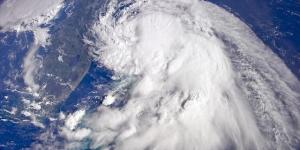
Air masses move differently in our Earth's atmosphere, with varying effects on the spaces beneath them. Specifically, they can influence weather patterns which can be disruptive or beneficial to both terrestrial and aquatic ecosystems. Cyclones are one of the most significant types of air mass which are...
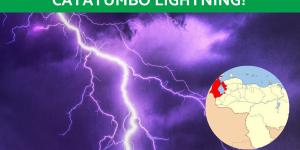
Catatumbo's Lightning is a fantastic display of nature's raw power. Often referred to as the "Everlasting Storm," this region in Venezuela experiences up to 40 lightning strikes every minute, which earn it a place in the Guinness Book of Records. However, there is a scientific explanation for this phenomenon....
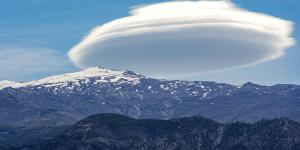
Have you ever gazed skyward and spotted a cloud that resembled a flying saucer or a giant contact lens? These captivating formations, known as lenticular clouds (or Altocumulus lenticularis for the science buffs), are a unique phenomenon often associated with mountainous regions. Their formation is...

Have you ever been caught outside during a sudden gust that nearly knocked you off your feet? Strong winds are more than just an inconvenience – they can pose a significant threat to both personal safety and property damage. Knowing how to identify strong winds and the associated risks allows you to take...
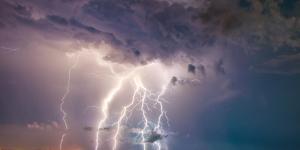
The Earth's atmosphere crackles with unseen energy. Atmospheric electrical phenomena refer to the natural electrical processes that occur within the Earth's atmosphere. This encompasses a wide range of electrical activity, from the dramatic discharges of lightning to the more subtle ongoing processes that...
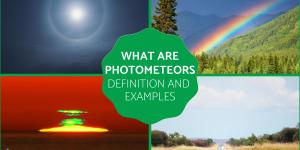
Have you ever witnessed a vibrant rainbow arch across the sky, or perhaps seen an ethereal halo surrounding the sun? These captivating phenomena are known as photometeors. Photometeors are luminous atmospheric phenomena that arise from the interaction of sunlight or moonlight with atmospheric particles,...
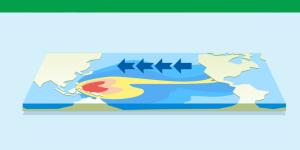
Did you know that a cooler Pacific Ocean can trigger flooding in Southeast Asia and droughts in the American Southwest? This paradoxical scenario is a consequence of La Niña, a climate phenomenon impacting weather patterns around the world. La Niña is one phase of the El Niño-Southern Oscillation (ENSO) cycle,...

Cold waves are meteorological phenomena which are characterized by a sudden decrease in temperature that is then extended over a prolonged period of time. Also known as cold snaps or cold spells, there are certain characteristics common to all cold waves, but they can present differently depending on the...
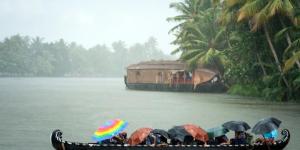
We may have heard of the monsoon season, the time during which wind and heavy rainfall can provide difficulties. For some of us, this means we need to reconsider travel plans. For many communities around the world, it means drastic changes and adaptations to their way of life. Fortunately, it also means...
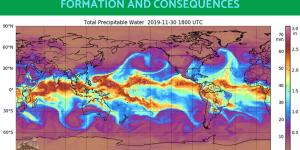
Atmospheric rivers are currents of concentrated water vapor in the Earth's atmosphere. These meteorological phenomena act on the global distribution of humidity and the regulation of our climate. These currents are capable of transporting enormous amounts of moisture over long distances, significantly influencing...
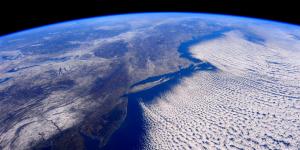
A polar vortex is a weather phenomenon that is very important in terms of climate regulation in the polar regions of Earth. This phenomenon is characterized by a mass of cold, dense air that circulates in a vortex. This vortex is counterclockwise in the northern hemisphere and clockwise in the southern...

Lithometeors are solid particles suspended in the Earth's atmosphere. These particles, predominantly composed of solids, play a crucial role in shaping various ecological and meteorological processes. From dust to sand and ice crystals, these particles contribute to the dynamic interactions within Earth's...
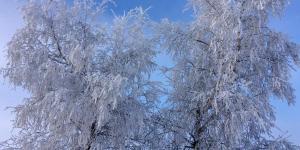
Rime ice is a meteorological phenomenon that is defined as the direct formation of a layer of ice on exposed surfaces such as tree branches, leaves and grass. It occurs due to the freezing of water vapor in the air. This process is influenced by specific atmospheric conditions of humidity and near-freezing...

The meteorological phenomenon known as dew can occur in the morning or at night. It is something which can be very evocative, often being mentioned in arts and literature. Despite often being given spiritual connotations, dew plays a very important role in the water balance of ecosystems. Defined as the condensation...

Also known as temperature inversion, thermal inversion is a meteorological phenomenon that changes the normal behavior of atmospheric temperature. We may already know that the temperature in the upper layers of the Earth's atmosphere is usually lower than that of the layers below. If we consider air, it usually...
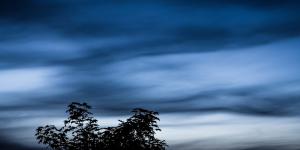
Hydrometeors are atmospheric phenomena related to the presence of water in the atmosphere, whether in liquid or solid form. While this encompasses precipitation, they differ in terms of overall concept. Since hydrometeors encompass all forms of atmospheric water, this means they include everything from clouds...
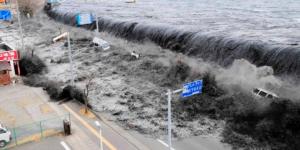
Imagine a wall of water, taller than buildings, surging across the land with a deafening roar. This is the raw, untamed power of a tsunami, a natural phenomenon that has captivated and terrified humankind for centuries. These colossal waves, born from the depths of the ocean, can devastate coastlines,...
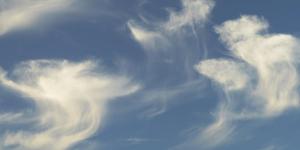
Also known as a dry storm, the virga weather phenomenon occurs when a visible amount of precipitation can be seen falling from the sky, but it does not reach the ground. This meteorological phenomenon can be seen with reactively regularity, but not many people are aware of it. It is particularly common...
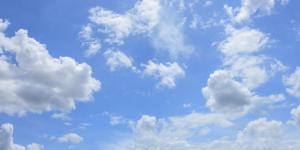
Clouds have long been a source of fascination for humans. Their ever-changing shapes and patterns have inspired artists, poets, and scientists for centuries. But beyond their aesthetic appeal, clouds play a crucial role in regulating Earth's climate. Clouds are complex and dynamic systems, and accurately...

A sea of clouds is a meteorological phenomenon that occurs in various mountainous regions around the world. One famous example can be seen in Tenerife where visitors flock every year. This meteorological phenomenon occurs thanks to the confluence of trade winds, mountain ranges and occasional thermal...
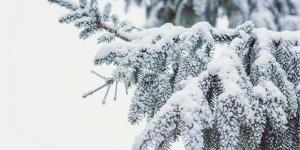
Also known as graupel, snow pellets are a variation of snow where water droplets attach to snowflakes or ice crystals. Snow itself is a type of precipitation where frozen ice crystals in the atmosphere fall to the ground. Snowflakes have various shapes and can connect with multiple flakes at a time....

Snow manifests itself in the form of ice crystals that fall from the clouds as a form of precipitation. While this may sound like a relatively simple meteorological phenomenon, it require a complex network of environmental events to form. It is also different from other types of frozen precipitation such...
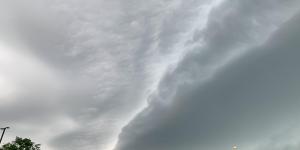
With their ethereal forms, clouds paint the sky with their ethereal forms, each one playing a distinctive role in the atmospheric narrative. At low altitudes, stratus clouds dominate the sky, their flat, layered canvases adorning the sky. As their Latin namesake implies, they spread across vast expanses,...
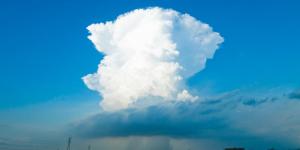
Cumulonimbus clouds are large clouds with great vertical development. Some people may wonder if cumulonimbus clouds are dangerous and the answer is that they very much can be. Although not the only type of storm cloud, they are one of the most common that appear when there are storms. They are associated...
